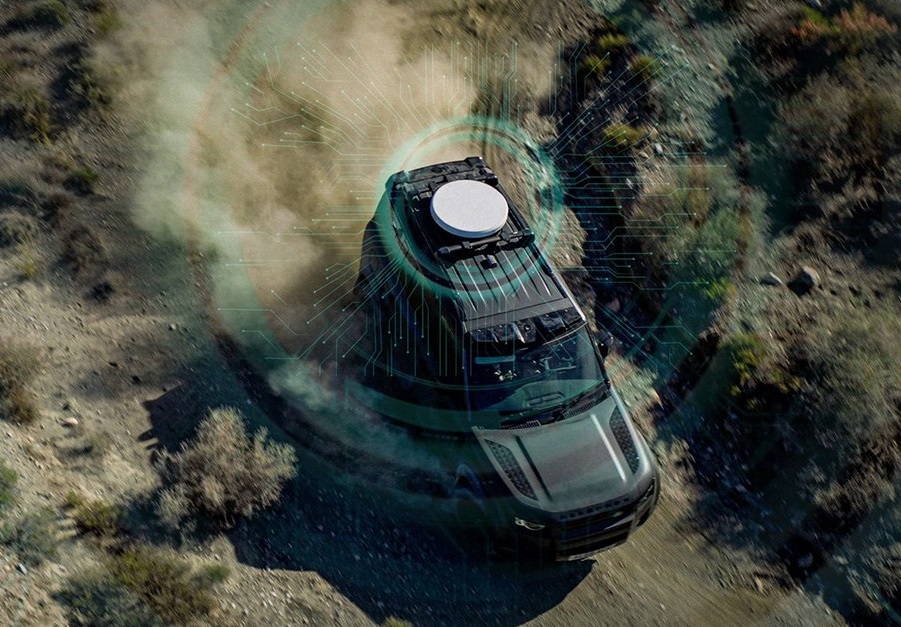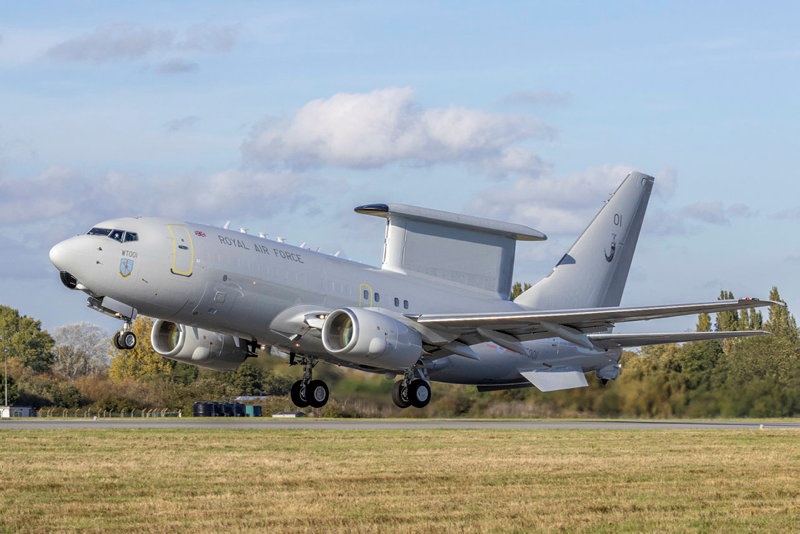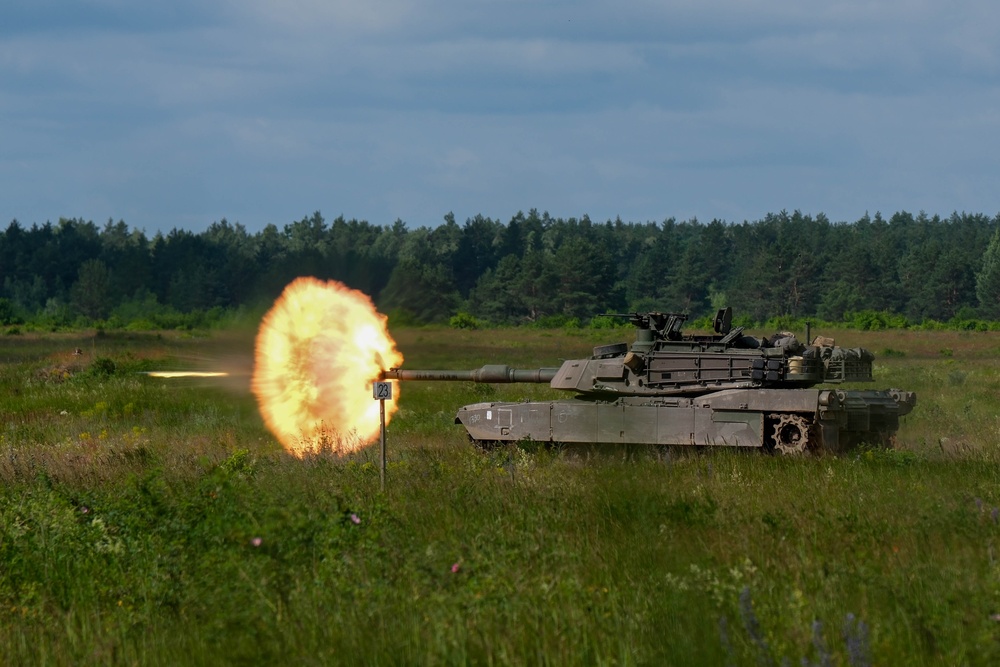Introduction
The land forces operations paradigm demands a series of cornerstones to be effective on the ground. In that context, a crucial feature is the tank, a weapon that has proven to be fundamental in the ground force realm since its creation (Coen, Hunchak, & Walsh, 2011). The future of Europe is to operate in collaborative frameworks (Barry, et al., 2023) thus, creating a tank collaborative framework is essential. However, the reality shows that there are problems in pursuing this objective.
The present situation in Europe regarding tank capability is challenging, with a decrease in inventory from 2014 to 2023 (Barry, et al., 2023, p. 22), and the transfer of tanks to Ukraine due to the war (Brody, 2023). Hence, the need for renewal has created the opportunity for innovation but “… only a few European countries can produce modern MBTs based on their individual financial and industrial resources” (Coen, Hunchak, & Walsh, 2011). Due to the high cost, cooperative projects should be the aim for Europe.
Battaglia notes that: “Of all the different weapon systems, the one that best represents the incoherent state of the European defence sector is precisely the main battle tank” (Battaglia, 2023). A Main Battle Tank [MBT] has been a priority for Europe for many years. Successiveness of the 2020 Coordinated Annual Review on Defence [CARD] report (Blockmans & Crosson, 2021) and the CARD from 2022 (European Defense Agency, 2022) insisted and promoted that objective.
Hence, the momentum (Bergmann, Morcos, Wall, & Monaghan, 2022) for the European defence ecosystem is open for embarking on a big project. We should analyse the conditions for this advantageous situation, the current projects regarding a main battle tank, and how the development of an MBT could enhance European ground forces’ interoperability.
Context
After the Cold War and the decline of the Russian threat, there has been a steady decrease in defence investment (Coen, Hunchak, & Walsh, 2011) (Barry, et al., 2023, p. 29). This involved the decrease of investment (Bergmann, Morcos, Wall, & Monaghan, 2022) and the specialization on “counterinsurgency and stabilisation operations” (Barry, et al., 2023, p. 7)instead of preparing for aggression on European soil. Although the Crimea annexation in 2014 may have not been seen as a game changer for investment (Bergmann, Morcos, Wall, & Monaghan, 2022), the current situation in Ukraine has given clear evidence that strong ground forces are essential to keep Europe safe and MBT’s importance has been confirmed in different stages of Ukraine – Russia war (Barry, et al., 2023).
One of the reasons for the continuity of the war has been the military aid that Ukraine has received from NATO, particularly European tanks (Brody, 2023). The situation with tanks in Europe is worth analysing and can be framed as diverse and isolated. The current outlook shows that there are 6,000 MBTs (Battaglia, 2023) of seventeen types (Bergmann, Morcos, Wall, & Monaghan, 2022) and the most common tank in Europe is the German Leopard
A prospective analysis might suggest that there is going to be a need for tanks in the next years for Europe and Ukraine due to the loss of donated ones in the war (Brody, 2023). One short-term solution could be off-the-shelf weapons from the US, but in the long-term, providing a European solution is keen on Europe’s strategic autonomy efforts (Bergmann, Morcos, Wall, & Monaghan, 2022).
Another issue to keep in mind is the Russian project of a new MBT the T-14 Armata (Coen, Hunchak, & Walsh, 2011). This platform is in its final stages, which is proof of the Russian commitment to updating the capabilities of its ground forces. Due to the ongoing war, this system may not be a competitor in terms of clients (Coen, Hunchak, & Walsh, 2011)but should be assessed as a weapon that changes the balance of deterrence. Europe must counter that gap of not having a similar MBT.
In a context of diverse systems that hinder interoperability, the future role of Europe in improving its deterrence capabilities toward the Russian threat prompts to focus on collaborative projects, to enhance the defence architecture of the continent.
The European MBT
The Franco-German MBT project set the initial stage for a new MBT to replace the Leclerc and Leopard 2 (Dilda, D’Alesio, Rinaldi, & Santabarbara, 2021) with an initial statement to be open for other European Nations and consolidating their land systems industries (France Diplomacy, 2019).
The project is known as the Main Ground Combat System (hereafter as “MGCS”). A potential country involved is Italy which has been a key player in the industrial defence complex of Europe in several big projects. Some have stated that France has invited Italy to strengthen the MGCS project (Battaglia, 2023). Recent news has shown not only that Italy is joining the other project, but also that Germany is dropping the MGCS (Meta-Defense, 2023).
Despite the issues with its development, the construction of MGCS will continue (Ippolito, 2023) (Battaglia, 2023). The project recently regained momentum due to high political commitment from the Defence ministries of France and Germany (Financial Times, 2023). The problems are that this announcement introduces an approximate ten-year delay of the original date and that the industries’ cultures will need to embrace the politics will although there are major differences between the German and France companies.
One of the issues of such an ambitious project is the management. Cracks between France and Germany at the political level have created delays in the project. As seen in the Future Combat Air System [FCAS] project, and other partnerships for developing weapons systems in Europe, such as the Eurofighter and MAWS, CIFS, and Tiger III (Meta-Defense, 2023), the discrepancies and mistrust between the industrial culture of the two largest European countries have created profound issues in the development of the project (Coen, Hunchak, & Walsh, 2011, pág. 20) Another European MBT project was the German, Spanish, Italian, and Swedish joint initiative (Ippolito, 2023). Spain, Sweden, and Italy only have Leopards (Brody, 2023), so embarking on a common project helps to delve into interoperability based on the German platform.
One way to prevent the issues of funding and management are the European frameworks for collaborative defence spending such as Permanent Structured Cooperation [PESCO] and The European Defence Fund [EDF] (Bergmann, Morcos, Wall, & Monaghan, 2022). Although MBT is not part of these frameworks now (European Defense Agency, 2022), it is eligible to take part in them. Choosing to rely on these norms may help to boost European confidence in the form of cooperative development.
The critical importance of a new MBT for France is that the Leclerc tank is mainly obsolete (Caffarella, 2023). Like other countries, the need for tanks is in the short term. The current solutions came from Germany with the Rheinmetall Tank (European Defence Agency, 2022) and the updates for the Leopard (Brody, 2023). Thus, Germany has a lot of leverage on the future project and for the present availability of MBTs.
Those platforms are suitable for the actual security challenges (European Defence Agency, 2022), and the need for a modernized tank platform will remain. So, if there are common significant needs for Europe to develop an MBT, the main need is the opportunity to develop a system that can bolster interoperability.
MBT opportunities
One of the main ambitions for the delivery of European-made MBT is the enhancement of interoperability (Caffarella, 2023). This allows countries involved in the development of common arms systems to raise the cooperation of the ground forces in modern technological warfare (Caffarella, 2023).
The MBT’s high technological feature involved in an ecosystem of information relies on broad commitments to sharing technology and information (Caffarella, 2023). A key feature of the new combat systems is the integration of autonomous capabilities, which allows early defence by counter-measures (Caffarella, 2023). Therefore, the elaboration of the rules of engagement between the countries involved in the project could benefit the upholding of international humanitarian law during land operations.
The new platform could improve the training of ground forces to enhance interoperable doctrines in land forces’ operations. In this regard, Europe is already funding an initiative. The MBT training and testing centre is one of the projects managed under the lens of PESCO (European Defense Agency, 2022). The next step may be the allocating of European funds to the MGCS, which may gain some momentum with more countries involved in the project (European Defence Agency, 2022) Europe is re-shaping its capabilities for land forces operations as NATO’s New Force Model will improve the agile response of land operations for Europe (Barry, et al., 2023). These forces will need the protection of the MBT. The “capability gaps in countries that are transferring Soviet-era equipment to Ukraine” (Barry, et al., 2023, p. 19) will create another window of opportunity for enhancing interoperability if these countries base their land operations on a common MBT.
Conclusion
Ukraine may or may not join NATO, but they will continue receiving Western arms to continue the war and for the reconstruction of their armed forces (Ries & Shatz, 2023). In one way or another, the common threat of Russia to Ukraine and Europe will remain and will demand planning and investing for credible deterrence.
Enhancing interoperability in terms of developing common platforms requires common industrial efforts and spending. Due to the existence of different industrial cultures and complexities, Europe has shown the capability to develop common systems of arms in the past. The window of opportunity is open for collaborative defence but also for stepping up in the international liberal order to assure stability. The amount of time that this momentum is going to last is uncertain but it won’t be long.
This article was originally published on the website of the Finabel – European Army Interoperability Centre.
References
Barry, B., Boyd, H., Giegerich, B., Gjerstad , M., Hackett, J., Michel, Y., . . . Tong, M. (2023). The Future of NATO´s European Land Forces: Plans, Challenges, Prospects. The International Institute for Strategic Studies.
Battaglia, M. (2023, September 7). Italy and Germany join forces on tanks. Are jets next? Retrieved from www.decode39.com: https://decode39.com/7658/italy-and-germany-join-forces-on tanks-are- jets-next/
Bergmann, M., Morcos, P., Wall, C., & Monaghan, S. (2022). Transforming European Defense. CSIS.
Blockmans, S., & Crosson, D. M. (2021). PESCO: A Force for Positive Integration in EU Defence.
European Foreign Affairs Review, 26(Special Issue), 87-110.
Brody, J. (2023, April 18). Tanks For Ukraine: How the European. Retrieved from www.finabel.org: https://finabel.org/tanks-for-ukraine-how-the-european-members-of-nato-have-responded/
Caffarella, F. (2023, August). Overcoming Challenges: Advancing the MGCS Future Main Battle Tank. Retrieved from www.finabel.org.
Coen, T., Hunchak, O., & Walsh, L. (2011). Entering the Age of Tank: The Evolution of Tanks in Land Forces. Retrieved from www.finabel.org.
Dilda, L., D’Alesio, P., Rinaldi, S., & Santabarbara, L. (2021). The Diverse Approaches to Land Force Interoperability in Europe. Brussels: Finabel.
European Defence Agency. (2022, November). Industry view: Rheinmetall Chief Executive Armin Papperger. European Defence Matters, pp. 14-17.
European Defense Agency. (2022). COORDINATED ANNUAL REVIEW ON DEFENCE REPORT. Brussels: EDA.
Financial Times. (2023). France and Germany back ‘milestone’ development in joint tank project. Retrieved from www.ft.com.
France Diplomacy. (2019, October 16). Franco-German Defence and Security Council – Agreed conclusions. Retrieved from www.diplomatie.gouv.fr: https://www.diplomatie.gouv.fr/en/country-files/germany/events/article/franco-german-defence-and-security-council-agreed-conclusions-16-oct-19
Ippolito, V. (2023, September 25). Germany Back with France on MGCS after Rumours of a Separate Tank Project with Italy, Spain and Sweden. Retrieved from ww.finabel.org: https://finabel.org/germany-back-with-france-on-mgcs-after-rumours-of-a-separate-tank-project-with-italy-spain-and-sweden/



























